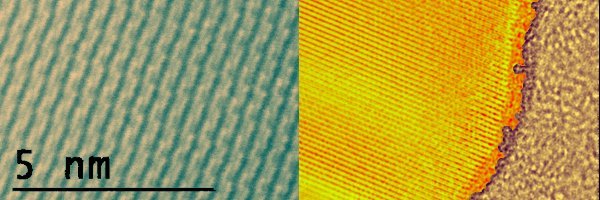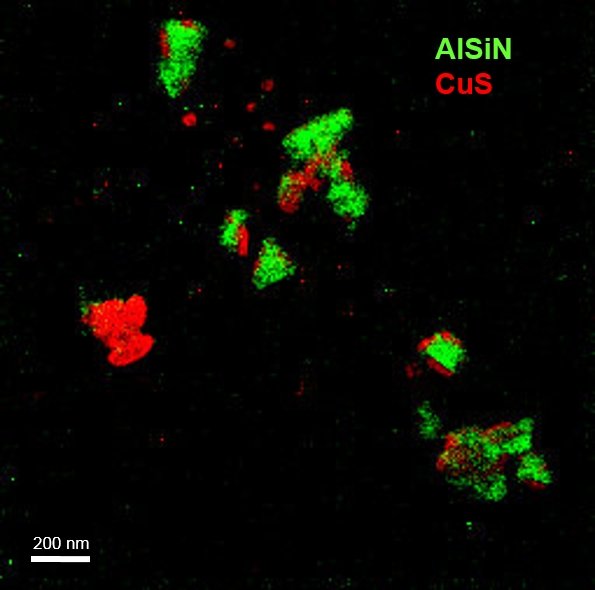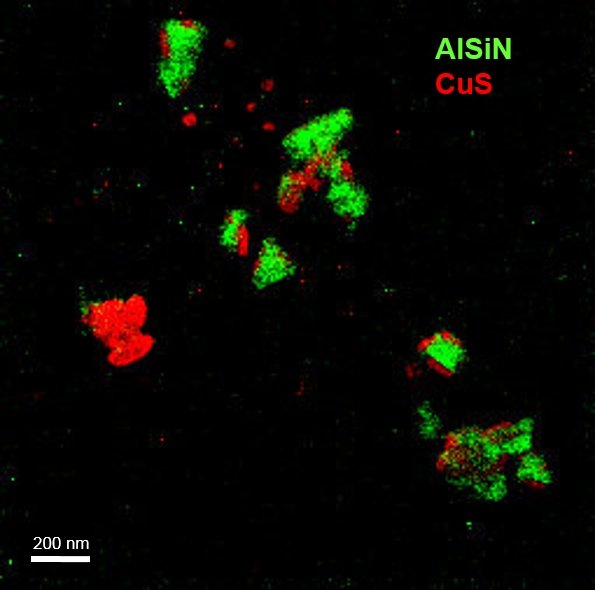
Precipitate characterisation in Grain Oriented Electrical Steel
This project was a joint collaboration between Tata Steel and the SN department with the aim of performing quantitative characterisation of multi-phase precipitates in grain oriented electrical steel (GOES) using high-resolution chemical composition mapping by means of Energy-Filtering Transmission Electron Microscopy (EF-TEM).
The sub-micro sized precipitates that form grain growth inhibitors are a critical aspect of the microstructure throughout the processing of GOES in order to achieve the strong GOES texture of the final product. Some of the precipitates already form after casting as well as throughout hot rolling. For the Tata Steel highly grain oriented products, the most important inhibitors are introduced during a nitriding stage after cold rolling and decarburisation. These precipitates are difficult to characterise because there are several different phases present and often they co-precipitate upon each other, see Figure 1. This makes the identification of the precipitates difficult, even from microanalysis using a nanometre-sized probe. The full characterisation and identification of the precipitate phases will help the understanding of which inhibitor populations are the most important for the optimising crystallographic texture and magnetic properties.

